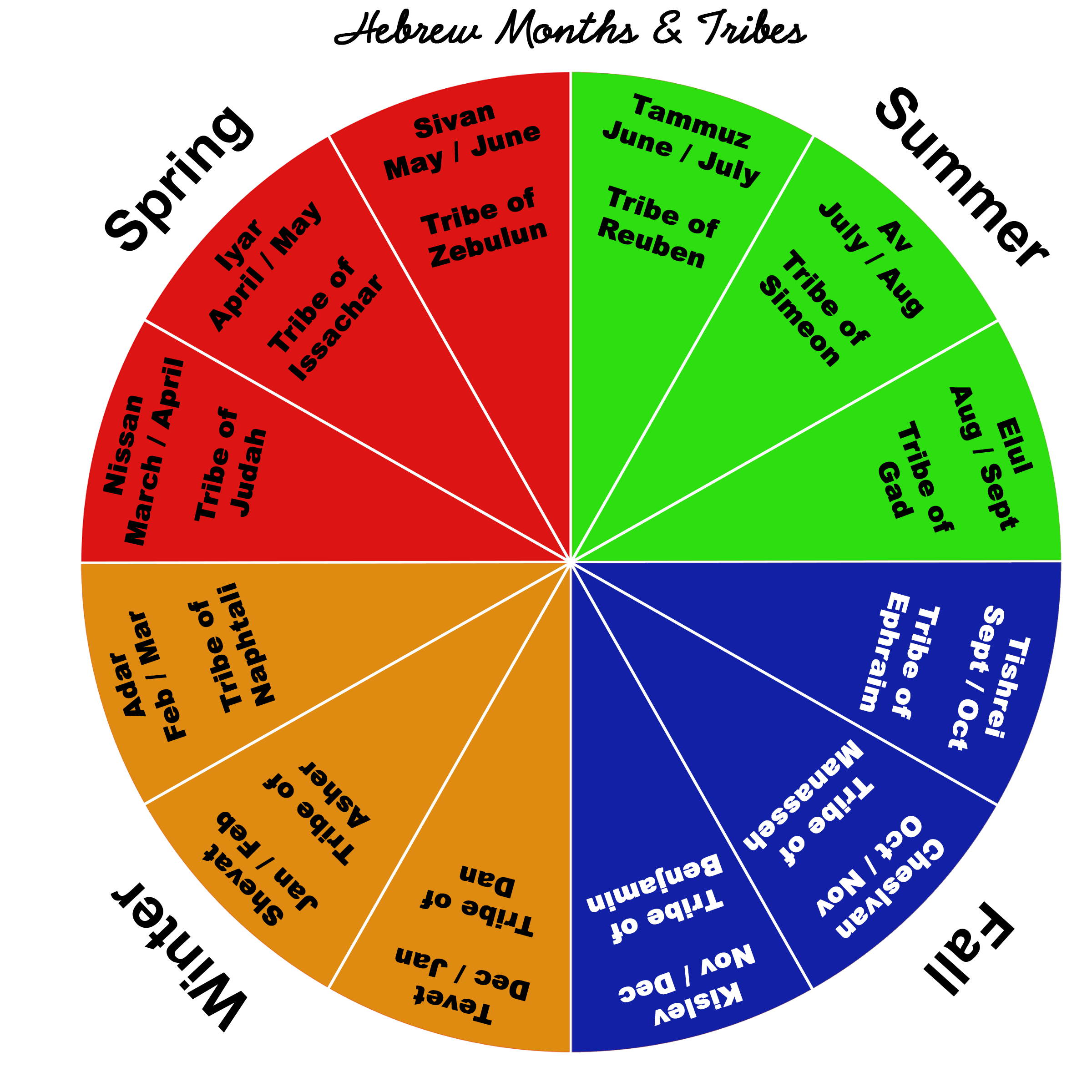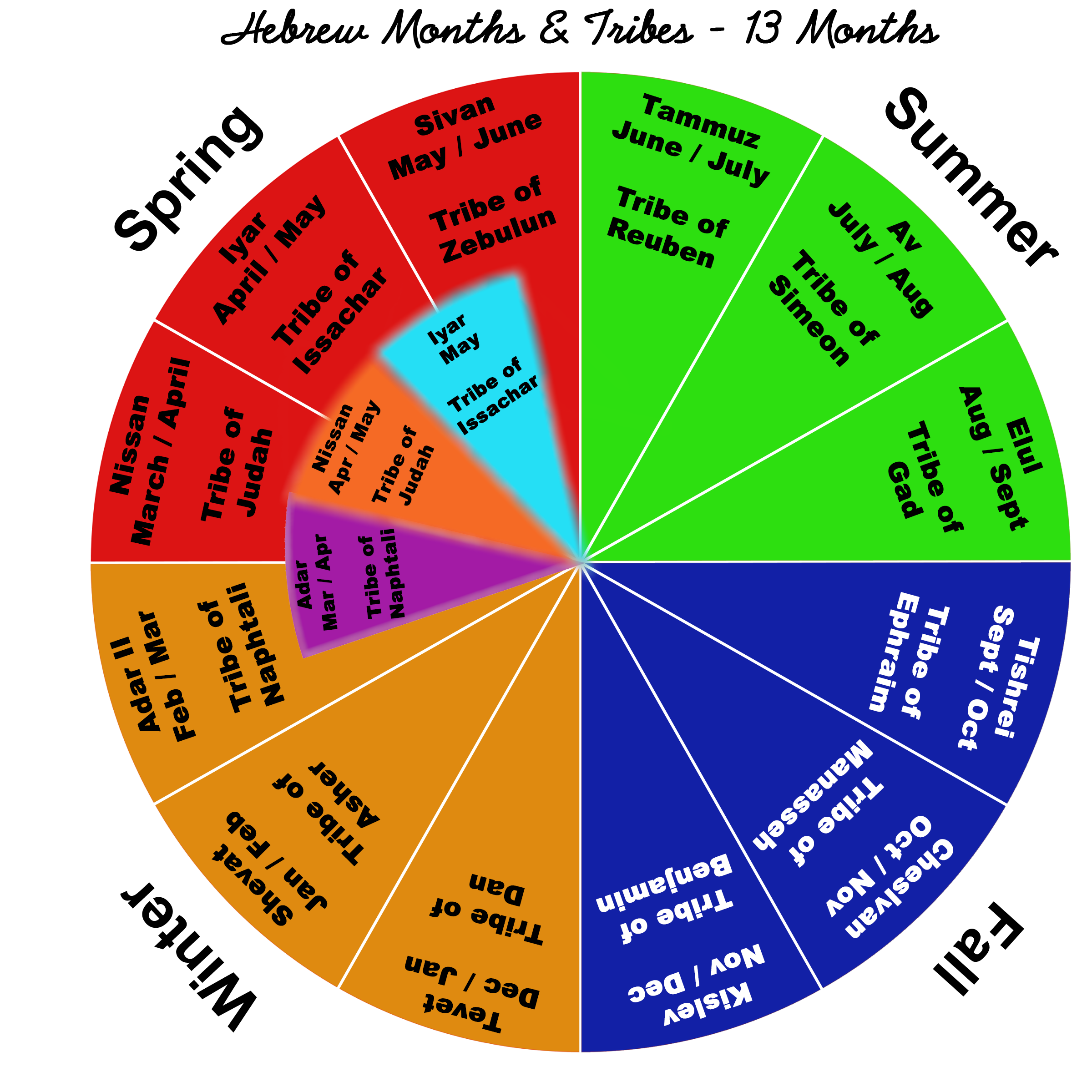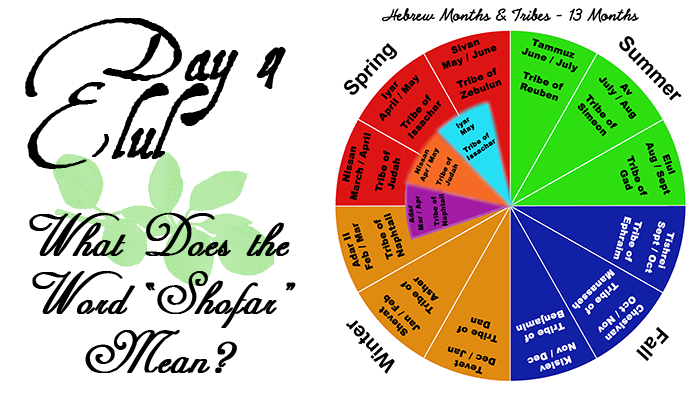What Does the Word “SHOFAR” Mean?
What is in a word? Well, there is quite a lot to contemplate in regard to a word’s origin and original intent. Take for instance, the word “idiot”. “Idiot” is a medieval word meaning, “one who keeps to himself.” However, today the word is used in a derogatory manner towards individuals who are deemed to have a lower-than-average intellect and make no sense with their thoughts, words, or actions. Therefore, we have the term “Idiotic” which indicates that the thoughts, words, or actions of an individual make no sense. However, neither of these words are used within the context or their original intent and usage. Such is the nature of English language. Terms can have varying definitions and meanings according to the user’s purpose and desire.
However, that cannot be said of the Hebrew language. The Hebrew alphabet and word construction are very precise. It cannot mean anything that is outside its original intent. Let’s look at the word “shofar”.
The word “shofar” is first used in Exodus 19:16.
Exodus 19:16 (NASB95 emphasis is my own) “16 So it came about on the third day, when it was morning, that there were thunder and lightning flashes and a thick cloud upon the mountain and a very loud trumpet sound, so that all the people who were in the camp trembled.”
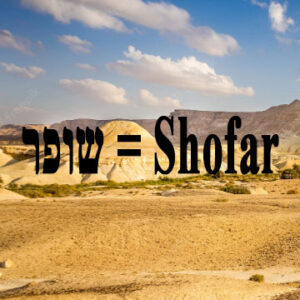 That word “trumpet” is the Hebrew word “shofar”. Do you see? English translations refer to the “shofar”, what it actually is, and has called it a trumpet. Why? Because “shofar” is more Hebrew or Jewish sounding than trumpet. The readers of an English translation would not know what a “shofar” was. The shofar is a wind instrument, so the English translations refer to the shofar as a “trumpet”. However, it is not a trumpet, it is a shofar.
That word “trumpet” is the Hebrew word “shofar”. Do you see? English translations refer to the “shofar”, what it actually is, and has called it a trumpet. Why? Because “shofar” is more Hebrew or Jewish sounding than trumpet. The readers of an English translation would not know what a “shofar” was. The shofar is a wind instrument, so the English translations refer to the shofar as a “trumpet”. However, it is not a trumpet, it is a shofar.
The word “shofar” in Hebrew is spelled שופר and is written/read from right to left instead of left to right as the English language is.
שופר = Shofar
The first letter on the far right is the letter “Shin” ש and is pronounced with a “Sh” sound.
The second letter is the letter, from the right is the letter “Vav” ו.
The Third letter from the right is the letter “Pe” פ.
The fourth letter is the letter “Resh” ר.
Let’s explore these letters and their meaning. By doing so, we can begin to understand how the word is constructed and the word’s actual meaning.
With that covered, let’s look more deeply into the word “shofar” שופר.
The first letter to the far right, “Shin” ש is the twenty-first letter of the Hebrew alphabet. This letter is the “signature” of God so to speak. It means that God, the Father, is in the mix of things. It also carries the meanings “sharp”, “consume”, “destroy”, and “teeth”.
The second letter, from the right, is the letter “Vav” ו. It is the sixth letter of the Hebrew alphabet and indicates “a joining together”. It means to secure two or more things that are separated from one another as with a wooden peg or an iron nail. A wooden peg or iron nail is used as an example because in the time and culture, those things were considered unbreakable by man. The letter “Vav” joins together two pieces that cannot be broken by man.
The third letter from the right is the letter “Pe” פ. It’s meaning is literally “speak”, “open”, or “mouth”.
The fourth letter to the far left is the letter “Resh” ר, which resembles the letter “Vav” but the horizontal stroke is longer in “Resh” than it is in “Vav”. “Resh” is the twenty-first letter of the Hebrew alphabet and indicates “a person”, “Head”, “Leader”, “Master”, or “Prince”.
What do these four letters tell us about the word “shofar”? Actually, there is quite a lot of information conveyed.
Fist the letter “Shin” ש tell us that God is present. This is His signature and that He is first in this word. It gives us an indication that God has something to say in this word. We should listen.
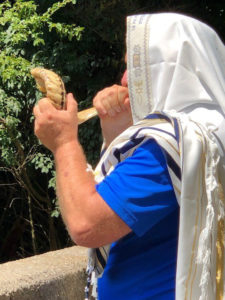 The letter “Vav” ו indicates that God, at the far right of the word, wishes to connect or join Himself to mankind in an unbreakable fashion. God’s presence is announced with the shofar, and He wants to meet with us just as He wanted to meet with Moses and the sons of Israel. However, today He is not handing down the Law. He is handing out much more. I think that you will see, in a few moments, how relevant all this is even though it was conveyed in the second Book of the Old Testament!
The letter “Vav” ו indicates that God, at the far right of the word, wishes to connect or join Himself to mankind in an unbreakable fashion. God’s presence is announced with the shofar, and He wants to meet with us just as He wanted to meet with Moses and the sons of Israel. However, today He is not handing down the Law. He is handing out much more. I think that you will see, in a few moments, how relevant all this is even though it was conveyed in the second Book of the Old Testament!
The letter “Pe” פ indicates that not only does God wish to connect with us relationally, but He wants to “speak” with us. Indeed, it has been established that God speaks through the sound of the shofar to His people. What does God wish to “speak” to us about?
The letter “Resh” ר indicates that God not only wishes to connect with us and speak to us, but He wishes to speak with us about “a person”, “the Head”, “the Leader”, “the Master”, and “the Prince”! God, the Father, wishes to connect with us and tell us about the Son of God, Jesus Christ, Yeshua Ha-Mashiach!
Not convinced? Consider these things then.
The structure of the word “shofar” and the context as to how it is used in the Hebrew texts indicate that God wishes to connect to us and speak to us about “the Son”, “the Master”, “the Prince”, God’s perfect SACRIFICE for us on our behalf. This is what is conveyed in the word “shofar”. This is what is conveyed in the sound of the shofar which is like the Voice of God! God’s presence (The Father, The Son, Holy Spirit) is announced by the sound of the shofar!
But that’s not all. The “shin”, the “vav”, the “pe”, and the “resh” (שופר), the word “shofar” itself serves as the root word for the Hebrew word “beautiful”. God speaks through the shofar. He wishes to connect with us and tell us about His perfect, one-time sacrifice that He made on account of His love for us. This is accomplished through the shofar. How beautiful is that?
Wow! I’d say that’s pretty significant! All of that is woven into the meaning of one short, four letter word! But wait! There’s more!
In the Hebrew alphabet, each letter is assigned a certain number and each number has a significant meaning and each meaning is prescribed within the number or letter itself. This is known as gematria.
The number of the letter “shin” ש is 300. This number testifies to the final, atoning blood sacrifice made by the perfect lamb of God. The number assigned to the letter “vav” ו is 6 and it indicates the weakness of man in his enmity with God in his natural, fallen state. The number of the letter “pe” פ is 80 and is indicative of a new birth or a new beginning in the spiritual realm, not of man, but of God. The number associated with the letter “resh” is 200 and indicates the insufficiency of man to save himself compared to the complete sufficiency of God to save and restore.
Speaking in terms of gematria, the word “shofar” is woven into the blood sacrifice of Jesus Christ, the perfect Passover Lamb of God and His willingness to provide that blood to satisfy the enmity between man in his fallen state and God, providing a new spiritual birth and beginning since man is clearly incapable of doing so himself.
Now, how beautiful is THAT? This most ancient of instruments, a symbol of God’s provision, is an instrument that God uses to speak to us not only of His presence but about His sacrifice for us! What’s more, it was so from Genesis into modern times! Throughout the Old Testament, throughout all the Covenants! Throughout the Bible it points towards a Savior. Orthodox Judaism is waiting for a Messiah to return and re-build the Temple. The Temple was their conduit to God. But God destroyed two Temples. I don’t think He’s interested in a building. No, God is sending the Son, Jesus Christ, Yeshua Ha-Mashiach back to establish a kingdom! He’s not returning for a nation. He is returning for His bride, the church!
God wishes to connect with us to tell us about His Son, His sacrifice and the blood Jesus shed for our sins. In our natural, fallen state there is enmity between man and God and a new birth, a new beginning, can only be obtained through the belief in that Sacrifice and the resurrection thereafter. Although we are not told to remember the resurrection (Easter) we are told numerous times to remember the death.
The shofar is an instrument in which God speaks to us. The shofar is an instrument through which we speak to God. The shofar is an instrument that wages war in the spiritual realm that spills over into the natural realm.
Is it any wonder, now that we know what is in a word, that God chose the shofar since a ram was caught by its horns in a thicket in Genesis, to instruct, guide, and direct His people through Holy Spirit?
The amazing thing is that God WILL use the shofar to usher in the End of the Age at the end of time. Will you know the sound of the shofar when it sounds? Sound scary? No, there is nothing to fear. Are you curious? Just a little bit?
I hope you’ll visit again, tomorrow as I continue with the 40 Days of Awakening.
I am The Old Watchman, Ezekiel. Shalom!
